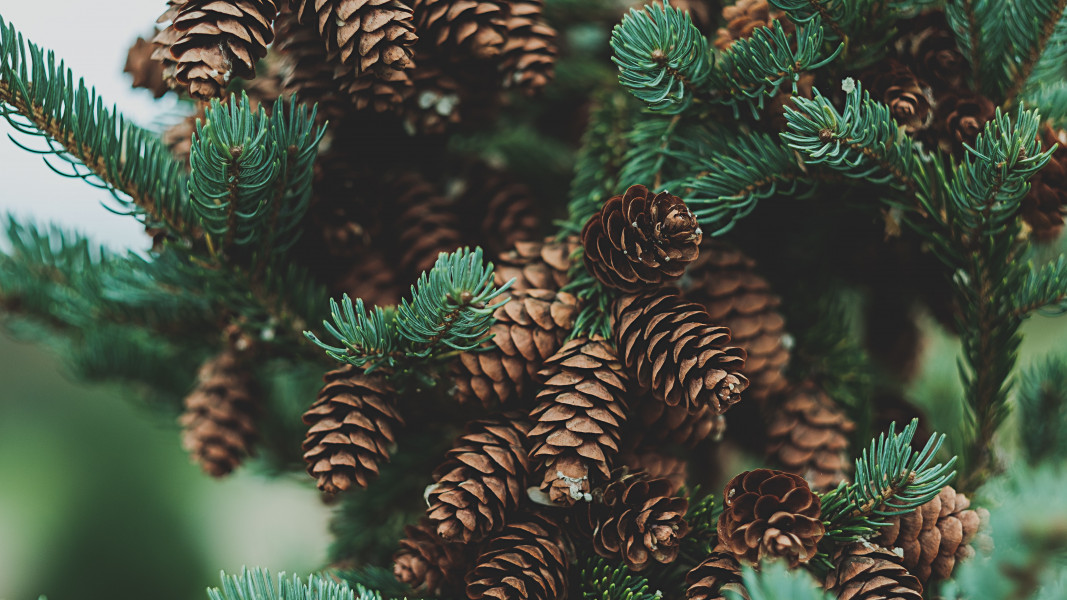Evergreens are known to be very strong, so It is very important to know how to take proper care of them. If you want to learn even more about how to care for the evergreen trees in your garden, you should read this blog and get to know these species better.
Characteristics of an Evergreen Tree
The following are some of the most noticeable traits of the evergreen tree:
- The evergreen tree is a shrub that can reach an approximate height of 33 foot.
- They bloom from late winter to mid-spring and are hermaphroditic, meaning they are capable of flowering with both male and female sex organs on the same flower.
- Its flowers are pentamerous, with a structure of five pieces and sub actinomorphic, where they also have stamens that can protrude from the corolla and can be up to 2-3 inches more or less. They may also have violet antennae.
- This tree is very strong, withstands strong winds and sandy soils well. They belong to 75% of all plants found on the entire planet.
- The evergreen tree usually grows quite quickly, especially during the spring seasons when perfect conditions are created for plant growth and thus its structure can have a round cap, especially because this tree is very spectacular due to the large number of branches it has.
- They can also be very sensitive to cold, especially when they are in the youth stage.
- They are often widely used to decorate the interior of homes and gardens, mainly to be part of the well-known hedges, in addition to the fact that they are also used as a fence for paths.
The Subtleties of Taking Care for Evergreen Tree
Evergreen trees and shrubs enjoy shade in the winter and full sun exposure in the summer. By placing the trees and shrubs on the north side of your land, you may be able to satisfy both requirements. They should be planted in an acidic environment with well-drained soil. While particular care requirements vary according to the variety, there are certain general guidelines that can be followed.
- Conifers should be positioned, preferably in the north, on the coolest windowsill in the home.
- Don't expose the plant to direct sunlight.
- The recommended room temperature for summer is between 68 and 77 °F, and for winter, between 50 and 60 °F.
- Summertime irrigation should be consistent, with a focus on preventing waterlogging and soil stagnation. Watering is done around once per week in the winter.
- Coniferous ornamental plants require a lot of external moisture to maintain their lovely color and prevent their crowns from becoming yellow. Spraying can be used to solve this issue - it ought to be made twice daily.
- Conifers grown inside dislike being disturbed. If possible, avoid touching them and avoid moving them around the room unless absolutely essential.
- Conifers are dormant during the winter, thus feeding them growth stimulants is not advised.
Even though they can appear to be in good health in the winter, they nevertheless need the same amount of maintenance that they need in the summer so make sure to follow this guidance and take care of your evergreen trees.
Any type of tree that doesn't lose its leaves or needles in the winter is considered an evergreen. For instance, pine, cypress, juniper, hemlock, and arborvitae are a few examples of evergreen tree species. Evergreen tree maintenance is comparable to that of other tree varieties. And yet, there is something in common - it's crucial to maintain the evergreen plants all year long.

